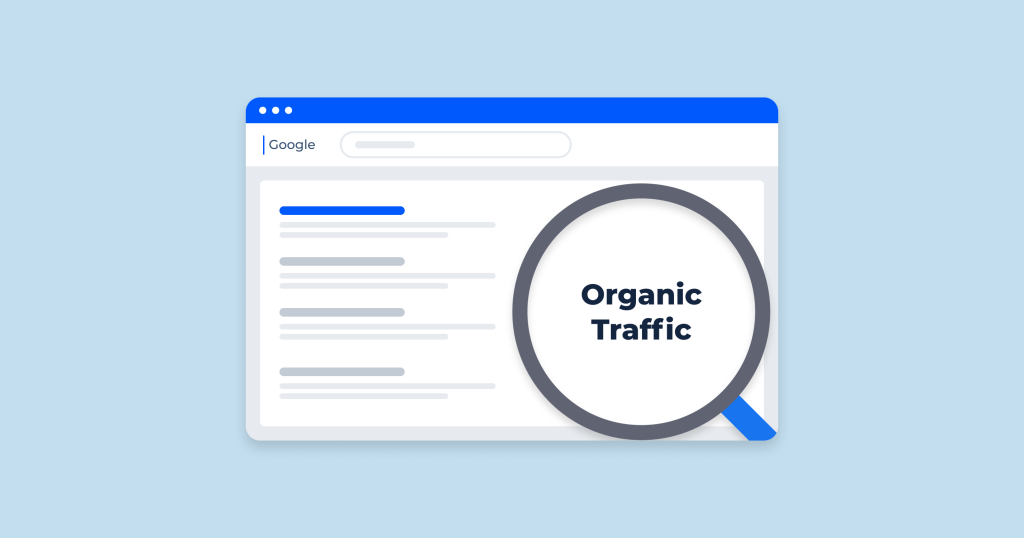SEO Success: Key Metrics are the foundation of evaluating the effectiveness of your SEO strategy. At Adsaro, we understand the importance of tracking the right metrics to ensure your SEO efforts are driving real, measurable results. By focusing on key indicators like organic traffic, keyword rankings, and conversions, you can assess whether your strategy is on track or needs refinement. In this blog, we’ll dive into the SEO Success: Key Metrics that matter most and how they help optimize your approach for maximum impact.
1. Organic Traffic

Organic traffic refers to visitors who find your website through search engine results pages (SERPs) without paid advertising.
Indicators of Success:
Increased Organic Visits: A steady increase in the number of visitors coming from search engines.
Source of Traffic: Check Google Analytics to ensure a significant portion of your traffic comes from organic search.
How to Measure:
Use tools like Google Analytics to track the volume of organic traffic over time.
Compare month-over-month and year-over-year data to identify trends.
2. Keyword Rankings

Keyword rankings indicate your website’s position in search engine results for specific keywords.
Indicators of Success:
Higher Rankings: Improvement in the rankings for your target keywords.
More Keywords Ranked: Increase in the number of keywords for which your website ranks on the first page of search results.
How to Measure:
Use tools like Google Search Console, Ahrefs, SEMrush, or Moz to monitor keyword rankings.
Track the ranking positions of primary and secondary keywords regularly.
3. Click-Through Rate (CTR)

CTR measures the percentage of people who click on your website’s link in the search results.
Indicators of Success:
Improved CTR: Higher CTR indicates that your title tags and meta descriptions are compelling and relevant to search queries.
How to Measure:
Use Google Search Console to monitor the CTR for your pages.
Analyze the performance of your title tags and meta descriptions and optimize them if necessary.
4. Bounce Rate and Dwell Time

Definition:
Bounce Rate: The percentage of visitors who leave your website after viewing only one page.
Dwell Time: The amount of time a visitor spends on your site after arriving from a search engine.
Indicators of Success:
Lower Bounce Rate: Indicates that visitors find your content relevant and engaging.
Longer Dwell Time: Suggests that visitors are spending more time on your site, indicating content relevance and quality.
How to Measure:
Use Google Analytics to track bounce rate and average session duration.
Identify pages with high bounce rates and optimize them to improve engagement.
5. Conversion Rate

Conversion rate is the percentage of visitors who complete a desired action, such as making a purchase, signing up for a newsletter, or filling out a contact form.
Indicators of Success:
Higher Conversion Rates: Indicates that your SEO efforts are attracting the right audience who are taking desired actions.
How to Measure:
Use Google Analytics or your preferred analytics tool to track conversion rates.
Monitor goal completions and set up tracking for key conversion actions.
6. Backlinks and Domain Authority

Backlinks: Links from other websites pointing to your site.
Domain Authority (DA): A score that predicts how well your website will rank on search engines.
Indicators of Success:
Increase in Quality Backlinks: Indicates that other websites find your content valuable.
Higher Domain Authority: Suggests improved trust and authority in the eyes of search engines.
How to Measure:
Use tools like Ahrefs, Moz, or SEMrush to track backlinks and domain authority.
Focus on acquiring high-quality backlinks from reputable sites.
7. Page Speed and Mobile Usability

Page speed refers to how quickly your web pages load. Mobile usability measures how well your site performs on mobile devices.
Indicators of Success:
Fast Page Load Times: Improved page speed enhances user experience and can positively impact rankings.
Better Mobile Performance: A mobile-friendly site is crucial for SEO, especially with the rise of mobile searches.
How to Measure:
Use Google PageSpeed Insights to check page load times and receive optimization recommendations.
Use Google’s Mobile-Friendly Test to ensure your site is optimized for mobile devices.
8. Local SEO Performance

Local SEO refers to optimizing your website to rank better for local search queries.
Indicators of Success:
Higher Local Search Rankings: Improved visibility in local search results and map listings.
Increased Local Traffic: More visits from local users.
How to Measure:
Use Google My Business insights to track local search performance.
Monitor local keyword rankings and local traffic in Google Analytics.
Conclusion
Determining if your SEO strategy is working involves tracking a variety of SEO success key metrics, including organic traffic, keyword rankings, CTR, bounce rate, conversion rate, backlinks, domain authority, page speed, mobile usability, and local SEO performance. Regularly monitoring these SEO success key metrics and making data-driven adjustments will help ensure your SEO efforts are effective and driving the desired results.








[…] CLICK HERE to learn how to create a successful Native Ad Campaign in ADSARO. […]